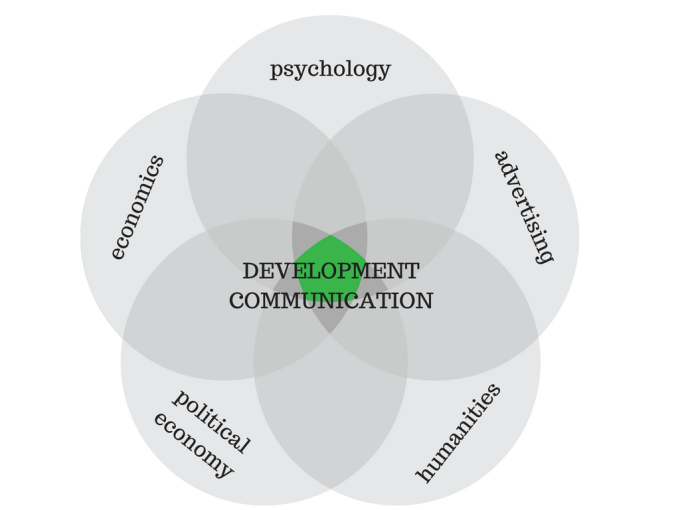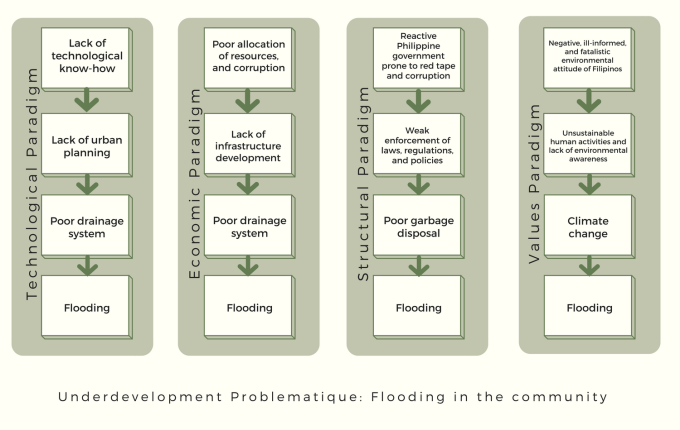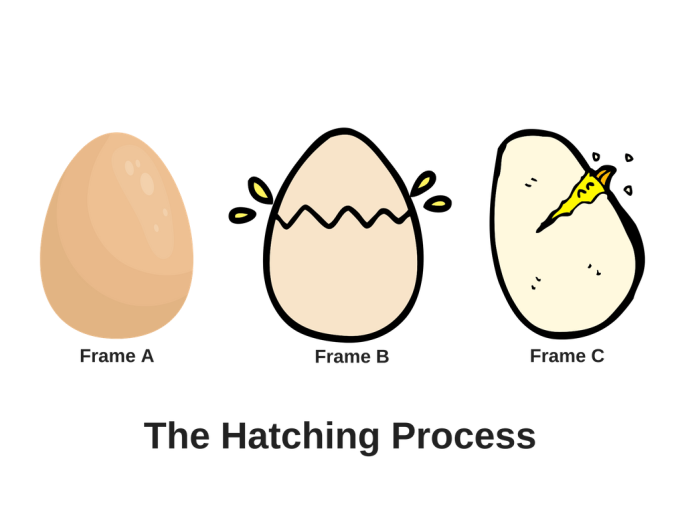Activity 12.1. Conduct a stakeholder analysis of this policy.
Activity 12.2. Use any of the enumerated methods to do a short analysis of this policy.
Activity 12.3. Prepare a one-page policy brief enumerating: your stakeholders; the results of your policy analysis; and your recommendations.
Re: Prohibition on Advertisements of Tobacco Products
Statement of Issue: The major consumer group in the Philippines have bonded together to lobby for a policy that prohibits the advertising of tobacco productions on radio and television.
In 2014, ten Filipinos died hourly due to smoking-related illnesses (Santos, 2014). According to the Global Adult Tobacco Survey (GATS) released March of this year and which was conducted in 2015, 23.8% of all adults reported current tobacco use in any form, with cigarette smokers averaging 11 cigarettes per day. The study also revealed that tobacco use was more prevalent in rural areas. Alarmingly, 24 million adults were exposed to secondhand smoke at home. Based on the survey, 40.5% of the respondents noticed cigarette marketing in stores where cigarettes are sold; 9.6% of adults noticed logos that promote cigarettes on clothing or other items.
Stakeholder Analysis:
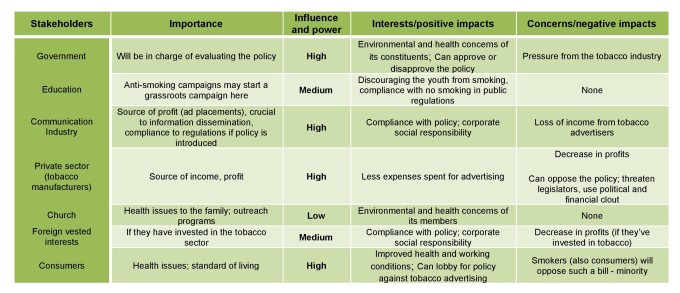
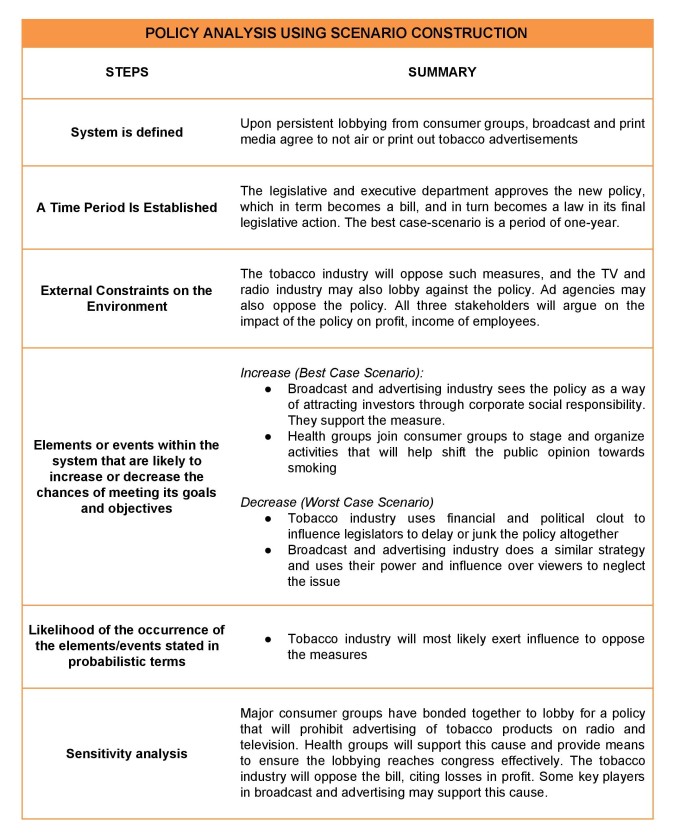
Policy Recommendations:
Despite reductions in tobacco usage, the GATS report shows that nearly a quarter of all Filipinos continued to use tobacco in 2015. While many are beginning to take notice of anti-smoking campaigns, and changing their attitude and perception towards smoking as knowledge on the ill-effects of tobacco use are made clearer, stronger efforts must be taken in reducing, and perhaps even removing exposure to tobacco advertisement once and for all.
Prohibiting tobacco advertisement in radio and television is crucial. Since tobacco use is more prevalent in the rural areas, stringent efforts must be taken to implement a policy that would prohibit advertisements via radio. Major consumer groups must also team up with NGOs, medical professionals, and researchers to ensure factual reporting of the health hazards caused by smoking to legislators, and members of the broadcasting industry.
Consumer groups should also collaborate with legislators for a transparent hearing of the policy being lobbied. In this case, the consumer groups may agree with legislators to incentivize “anti-smoking campaigns” and other corporate social responsibility measures that may be undertaken by radio and television. This will compensate any perceived or accrued losses from tobacco advertising, and counteract whatever political and financial clout the tobacco manufacturers may have.
References:
Santos, M. (2014, March 3). 10 Filipinos die hourly due to smoking-related illnesses – Drilon . Philippine Daily Inquirer. Retrieved from http://newsinfo.inquirer.net/581985/drilon-co-sponsors-bill-on-graphic-based-warning-on-cigarette-packets
Global Adult Tobacco Survey: Executive Summary 2015. (2017, March 13). Retrieved October 16, 2017, from https://psa.gov.ph/sites/default/files/kmcd/GATS-PHL2016-Executive%20Summary_13Mar2017.pdf
